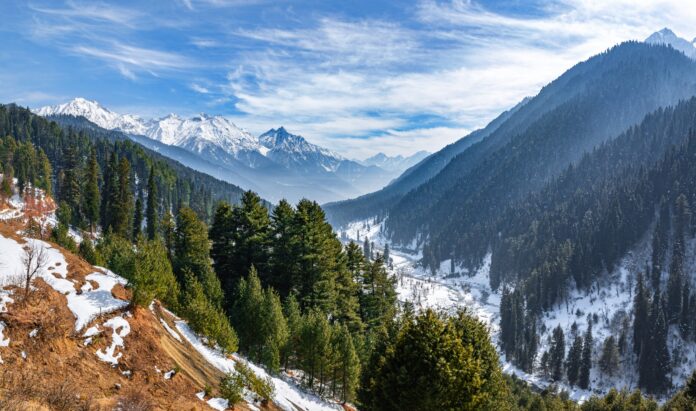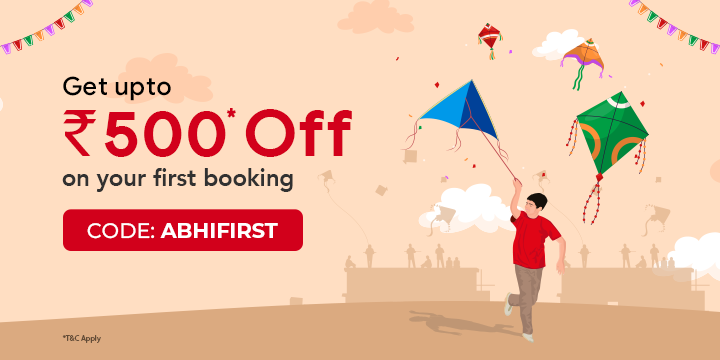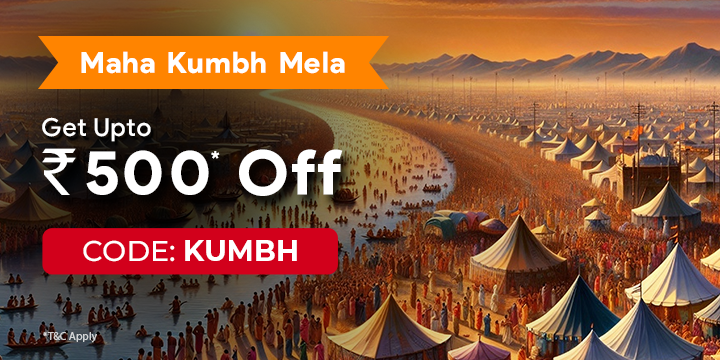Best Time to Visit Kashmir in 2024
Kashmir, often referred to as “Paradise on Earth,” offers a mesmerizing blend of natural beauty, vibrant culture, and rich history. Located in the northern part of India, this stunning region is known for its picturesque landscapes, including lush green valleys, snow-capped mountains, and serene lakes. Deciding the best time to visit Kashmir depends on your preferences and the type of experience you’re seeking. Here’s a comprehensive guide to help you plan your trip to Kashmir in 2024.
Also Read: Kashmir Honeymoon Places You Can’t-Miss
Best Time to Visit Kashmir with Family
Traveling with family often requires a balance of comfortable weather and engaging activities. Here’s when you should consider visiting Kashmir with your loved ones:
Spring (March to May)
- Pleasant weather with blooming flowers and lush greenery.
- Ideal for sightseeing, boating in Dal Lake, and visiting Mughal Gardens.
- Moderate temperatures make outdoor activities enjoyable.
- Fewer tourists compared to peak summer months.
Summer (June to August)
- Warm and pleasant climate, perfect for exploring the valleys.
- Popular tourist spots like Gulmarg, Pahalgam, and Sonmarg are easily accessible.
- Opportunities for adventure sports like trekking, horse riding, and river rafting.
- Festivals and cultural events add to the vibrancy of the season.
Best Time to Visit Kashmir for Honeymoon
Kashmir is a dreamy destination for honeymooners, offering romantic settings and tranquil experiences. The best times to visit for a honeymoon are:
Spring (March to May)
- Blossoming gardens and fresh, aromatic air create a romantic atmosphere.
- Perfect for boat rides on Dal Lake and exploring the beautiful Shalimar and Nishat Gardens.
- Comfortable temperatures for sightseeing and outdoor activities.
Winter (December to February)
- Snow-covered landscapes provide a magical and cozy setting.
- Ideal for couples who enjoy skiing, snowboarding, and other winter sports.
- Romantic stays in houseboats or cozy resorts with breathtaking snowy views.
Best Time to Visit Kashmir for Snowfall
For those who dream of a winter wonderland, experiencing snowfall in Kashmir is a must. The prime time for snowfall is:
Winter (December to February)
- Heavy snowfall transforms the region into a pristine white paradise.
- Best for winter sports enthusiasts, offering activities like skiing, snowboarding, and snow trekking.
- Gulmarg, known as the “Meadow of Flowers,” becomes a popular destination for its ski resorts and snow activities.
Best Time to Visit Kashmir Tulip Garden
The Indira Gandhi Memorial Tulip Garden in Srinagar is the largest in Asia and a major attraction. To witness the tulips in full bloom:
Spring (March to April)
- The garden opens for a short period during these months when tulips are in full bloom.
- A colorful and vibrant display of various tulip species.
- Perfect for photography, leisurely walks, and enjoying the beauty of nature.
Best Time to Visit Jammu And Kashmir
Jammu and Kashmir offer diverse experiences throughout the year. Here’s a breakdown of the best times to visit different parts of the region:
Jammu
- Winter (October to February): Pleasant climate, ideal for visiting temples and other historical sites.
- Summer (March to May): Warm weather, perfect for exploring the scenic beauty of Jammu.
Kashmir Valley
- Spring (March to May): Best for natural beauty, flower blooms, and comfortable sightseeing.
- Summer (June to August): Perfect for outdoor activities, festivals, and exploring high-altitude regions.
- Autumn (September to November): Stunning fall foliage and moderate temperatures.
- Winter (December to February): Best for snowfall, winter sports, and experiencing a snow-covered paradise.
Kashmir During Monsoon
While the monsoon season is not typically recommended for travel, some may find its unique charm appealing:
Monsoon (July to September)
- Lesser crowds and lower travel costs.
- Lush greenery and rejuvenated landscapes.
- Occasional rain showers can disrupt outdoor plans, so it’s less ideal for sightseeing.
- Risk of landslides and travel disruptions in hilly areas.
Kashmir In Summer
Summer is one of the most popular times to visit Kashmir due to its pleasant weather and vibrant activities:
Summer (June to August)
- Warm temperatures ranging from 15°C to 30°C.
- Ideal for trekking, camping, and exploring high-altitude lakes and meadows.
- Popular destinations like Gulmarg, Pahalgam, and Sonmarg are accessible.
- Cultural festivals and local events add to the experience.
Kashmir During Autumn
Autumn brings a unique charm to Kashmir, with stunning fall foliage and crisp weather:
Autumn (September to November)
- Mild and pleasant temperatures, ideal for sightseeing.
- Vibrant colors of Chinar trees create picturesque landscapes.
- Harvest season for saffron, adding to the cultural richness.
- Fewer tourists compared to peak summer, offering a more serene experience.
Kashmir During Winter
Winter transforms Kashmir into a snowy paradise, ideal for those who enjoy cold weather and winter sports:
Winter (December to February)
- Temperatures range from -2°C to 12°C, with heavy snowfall in higher altitudes.
- Best for skiing, snowboarding, and snow trekking in Gulmarg and Pahalgam.
- Houseboat stays on Dal Lake offer a unique and cozy experience.
- The region is less crowded, providing a serene environment.
Conclusion
Kashmir is a year-round destination, each season offering its unique charm and experiences. Whether you’re traveling with family, on a honeymoon, seeking snowfall, or wanting to witness the tulip gardens in full bloom, there’s always a perfect time to visit this enchanting region. Plan your trip according to your preferences and make the most of what Kashmir has to offer in 2024.





